UDEM Students seek to revitalize Parque España and turn it into a metropolitan green space
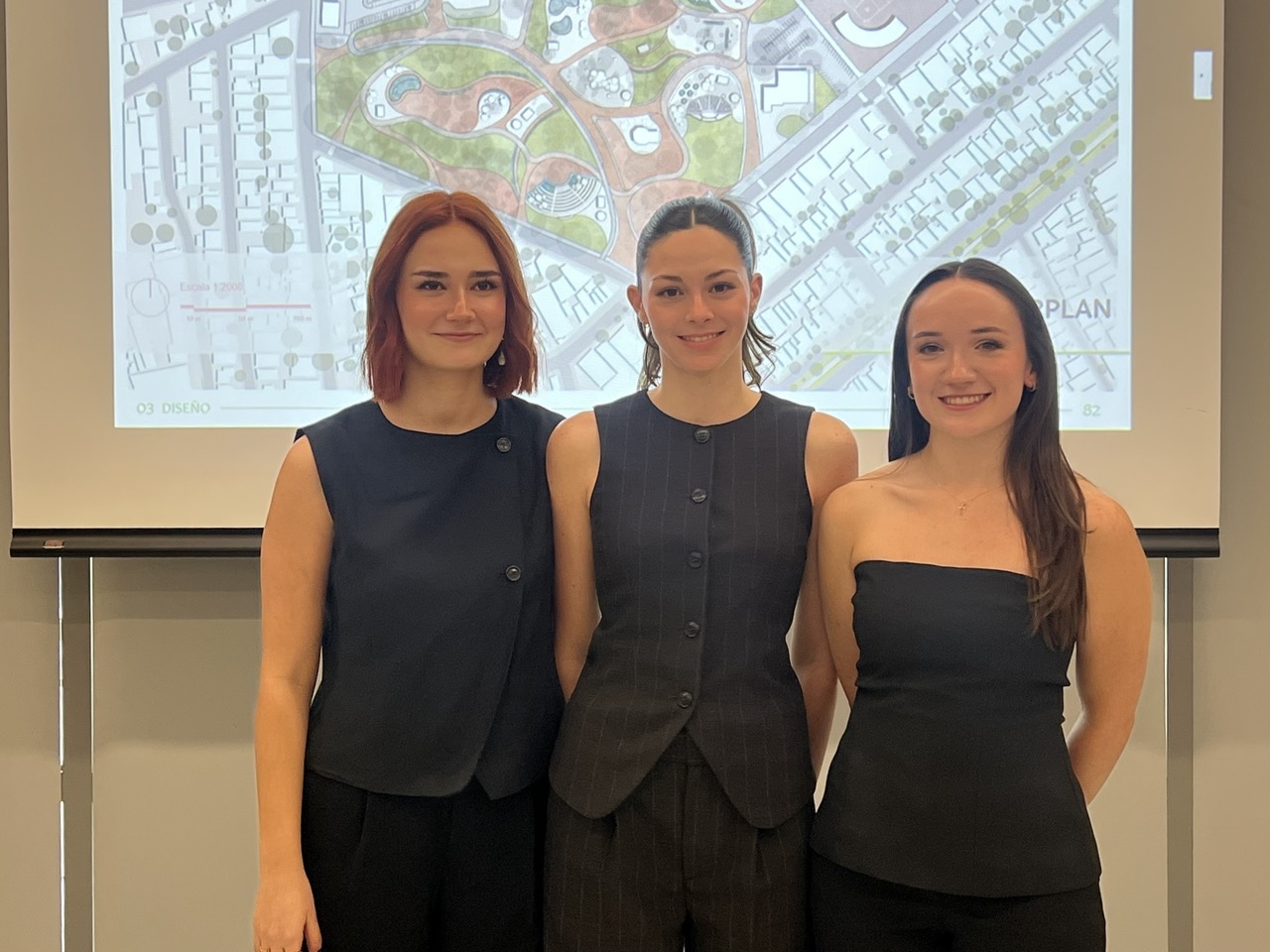 Credits: Proyecto arquitectura UDEM Parque España en Monterrey
Credits: Proyecto arquitectura UDEM Parque España en Monterrey
A team of architecture students from the Universidad de Monterrey (UDEM) has developed a strategic redesign project for Parque España, aiming to transform it into a vibrant metropolitan park with a neighborhood-focused approach. This initiative, part of their Final Evaluation Project (PEF), will allow them to graduate in Fall 2024 from UDEM’s Architecture program under the guidance of Professor Abril Denise Balbuena López. The Architecture program is housed within UDEM’s School of Arts, Architecture, and Design, located at the Centro Roberto Garza Sada.
Originally inaugurated in 1967, Parque España has long been a cherished recreational area in Monterrey. The project, led by soon-to-be architects Lorenza Sojo Martínez, Margarita Treviño Derbez, and Raquel Lozano Riojas, seeks to revitalize the park by enhancing its role as a community hub while integrating it into the state government’s planned "green corridor"—a key initiative ahead of the 2026 World Cup, which will host matches in Monterrey.
The students’ research focused on public space dynamics, particularly the transformation of Parque España. Using an integrated approach, they analyzed user behavior, programmatic needs, and site conditions. The project gained momentum after the park’s recent connection to Parque Fundidora via Puente Verde, a pedestrian and bicycle bridge spanning Morones Prieto and Constitución avenues. This linkage has reshaped public space usage, making Parque España an ideal case study for urban renewal.
The proposal originated from the idea of establishing a botanical garden in Monterrey. After evaluating underutilized spaces, the team identified Parque España as the perfect location. Their vision: a more functional, attractive, and accesible park for all citizens.
Located in the historic Buenos Aires neighborhood—once home to workers of the former Compañía Fundidora—the park currently suffers from deteriorating infrastructure.
“We wanted to create a botanical garden but needed the right space. After exploring several neglected parks, we found Parque España—a place with immense potential,” explained Lozano.
The team highlighted key areas for improvement, including:
- Renovated pools with better infrastructure
- Enhanced safety and accessibility
- Dynamic recreational spaces tailored to diverse age groups
“Public spaces like this urgently need attention. The park isn’t meeting users’ needs, and there’s room for major upgrades in both infrastructure and activities,” Lozano noted.
To ensure the project aligned with residents’ needs, the team conducted surveys with visitors and Buenos Aires locals, gathering insights on:
- Usage patterns
- Visit frequency
- Perceptions of safety and comfort
The findings revealed a strong sense of community attachment but also unmet needs—particularly among elderly visitors, who form a significant portion of park-goers.
The proposed design prioritizes:
- Preservation of all existing trees
- New walking trails weaving around natural features
- Remodeled recreational zones, including urban gardens, rest areas, a multipurpose esplanade, and water-based activities
“The trails are designed to frame the existing trees, creating pool spaces throughout the park—not just in one section,” Lozano emphasized.
The project also addresses challenges unique to Monterrey’s climate, such as:
- Optimal lighting for safety
- Heat-mitigating designs
- Strategic activity planning for year-round usability
Lozano stressed that the goal goes beyond aesthetics: “This isn’t just about beautification—it’s about reconnecting the neighborhood, boosting visitation, and serving the broader city. With the World Cup approaching, now is the time for action.”
This initiative reflects UDEM’s ongoing commitment to impactful urban projects. Recently, architecture students gained recognition for improving accessibility in Puerta Jardín subdivision parks—further proof of the university’s role in shaping Monterrey’s development.
Explore our news section for the latest on innovation, education, and urban development.
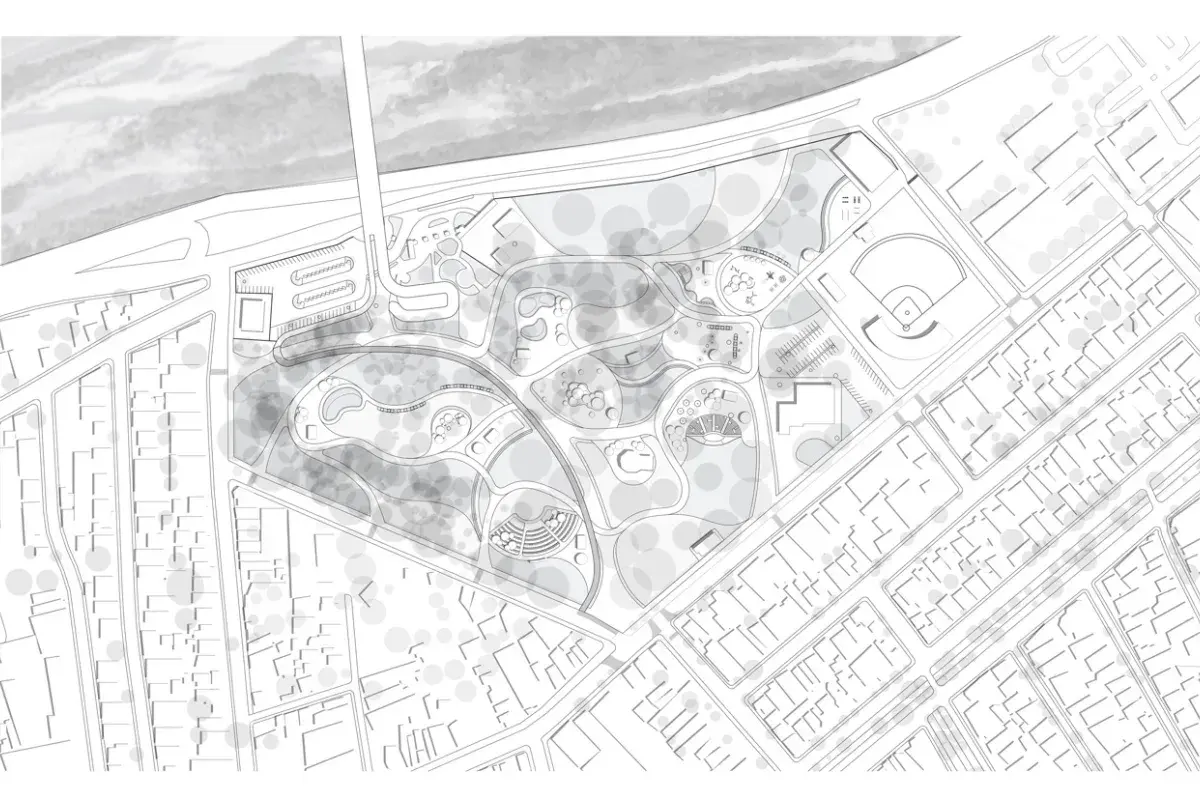
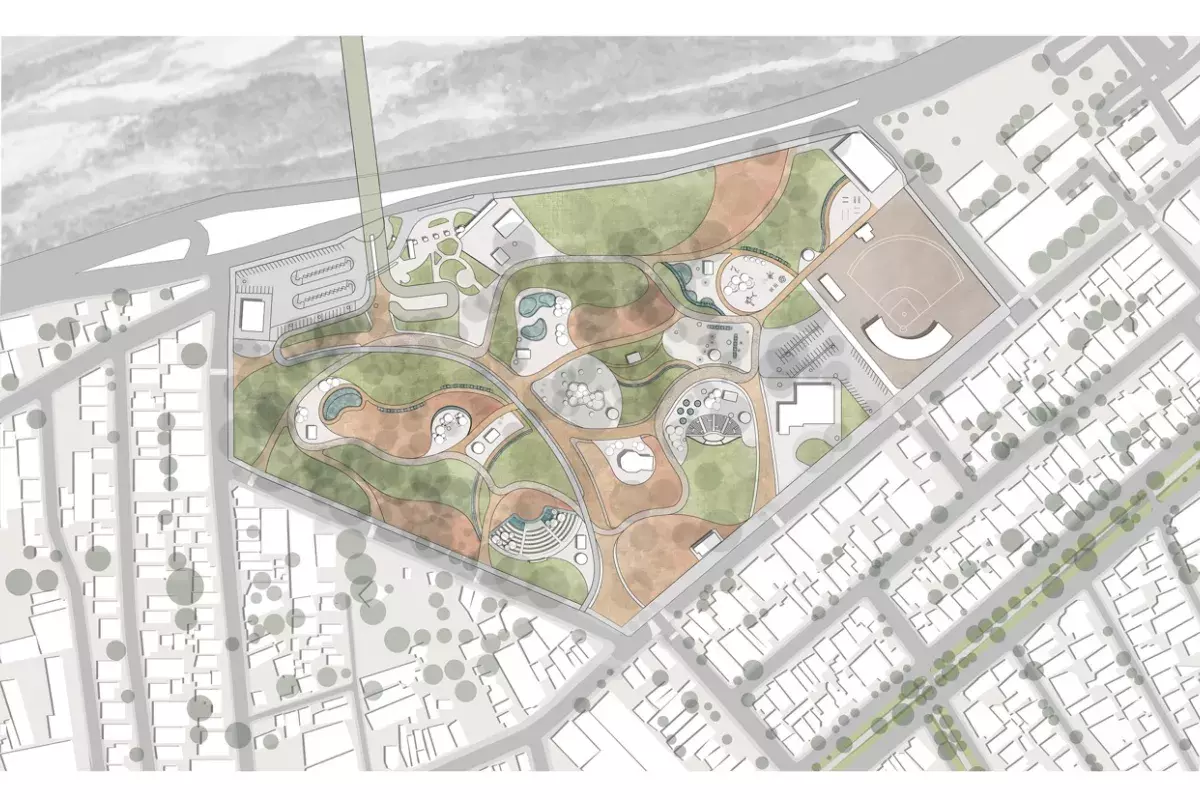
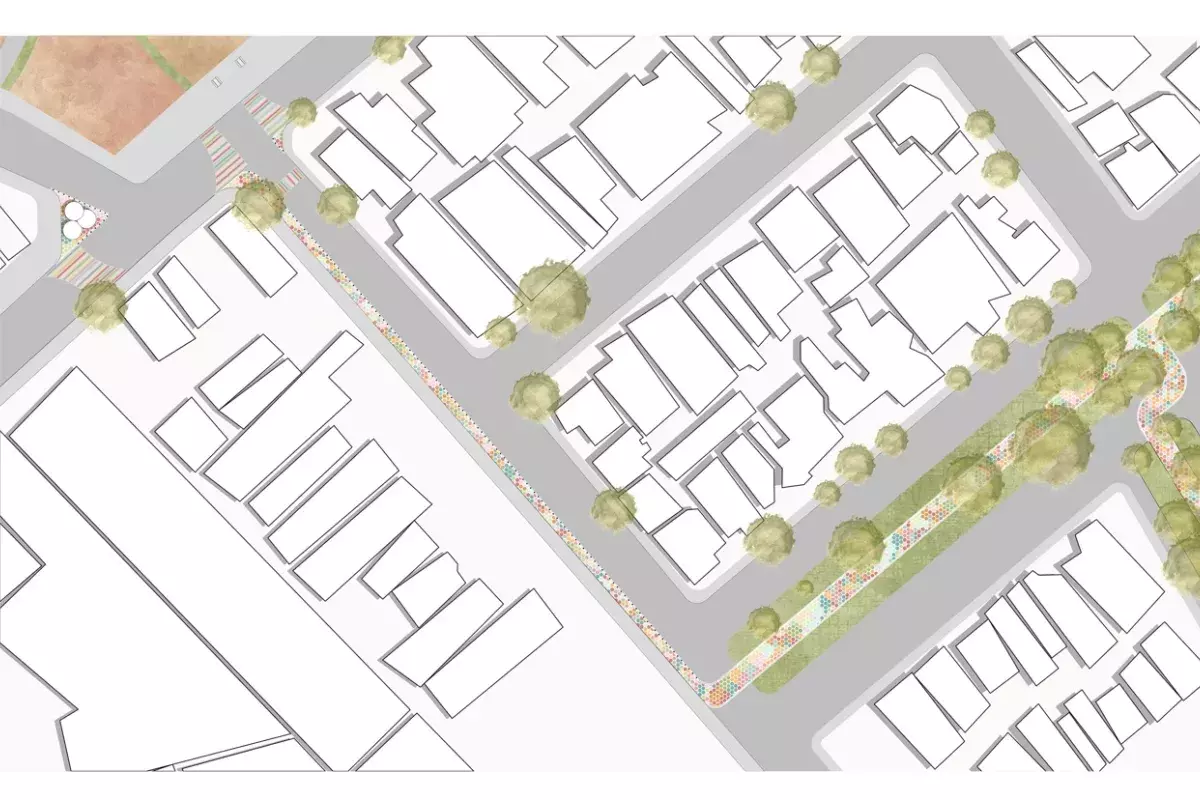
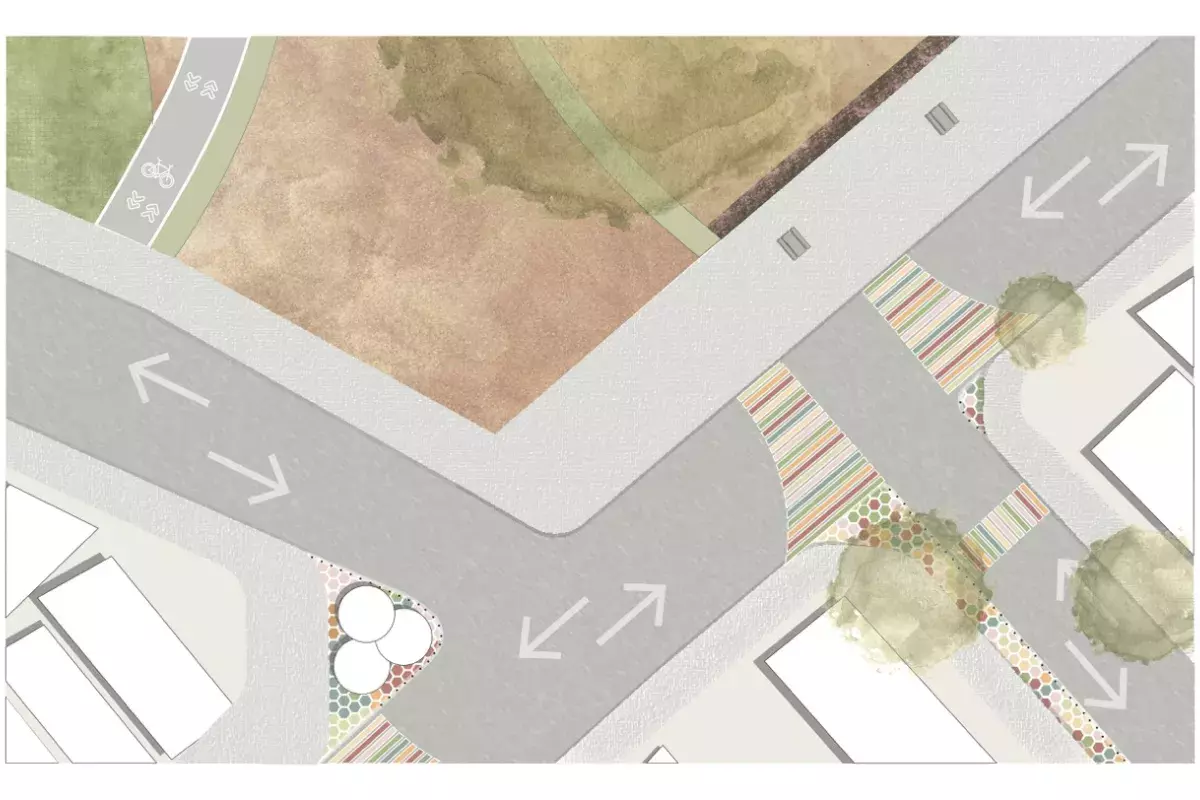
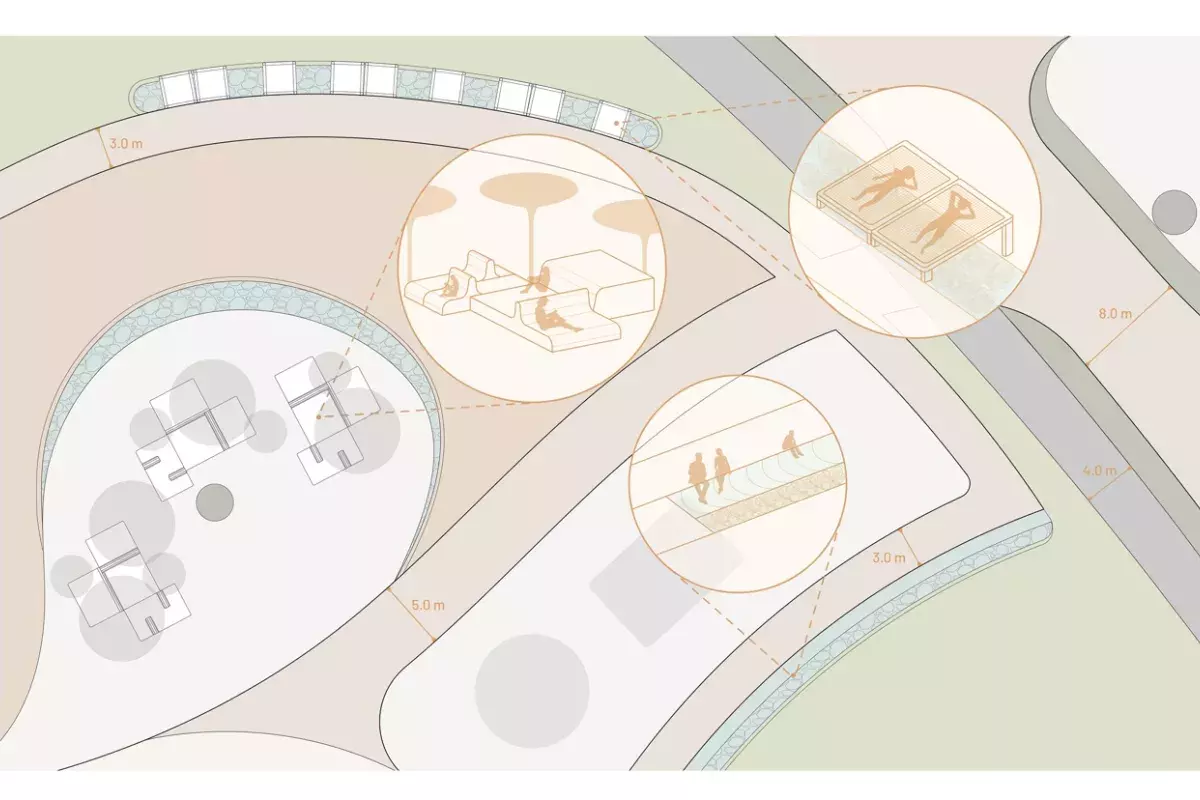
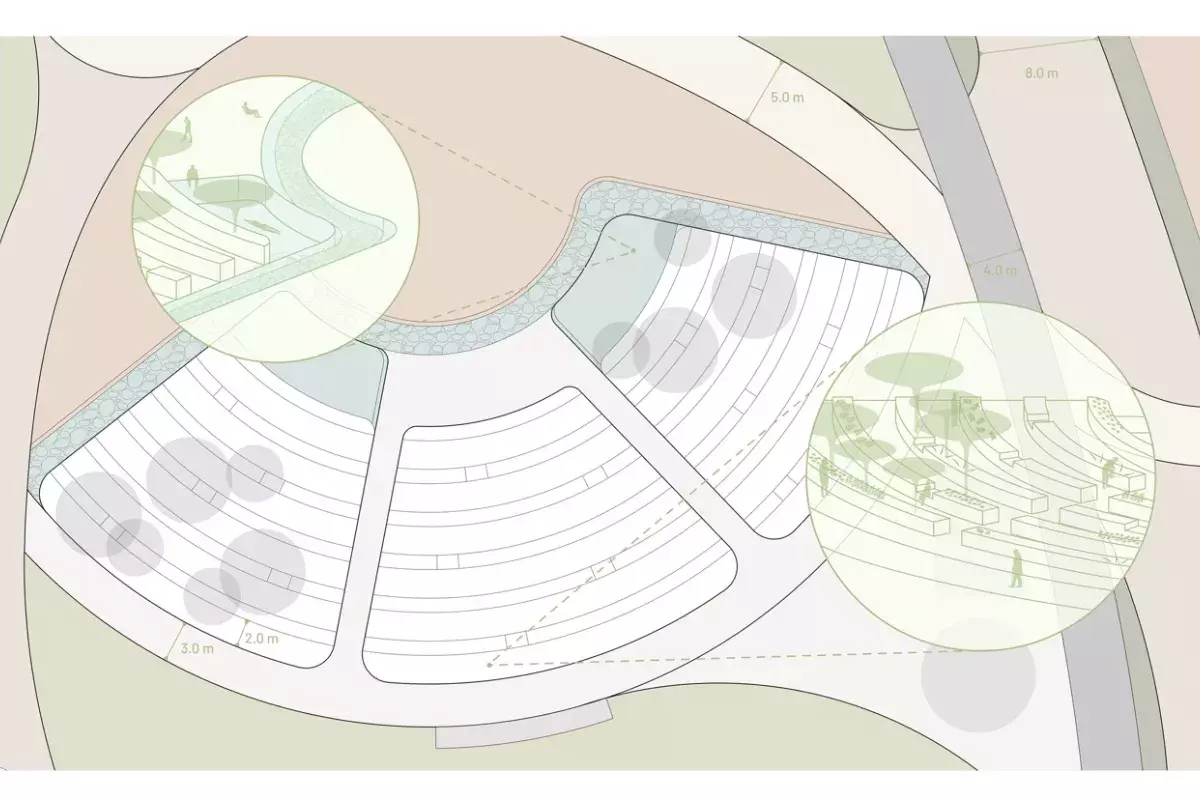
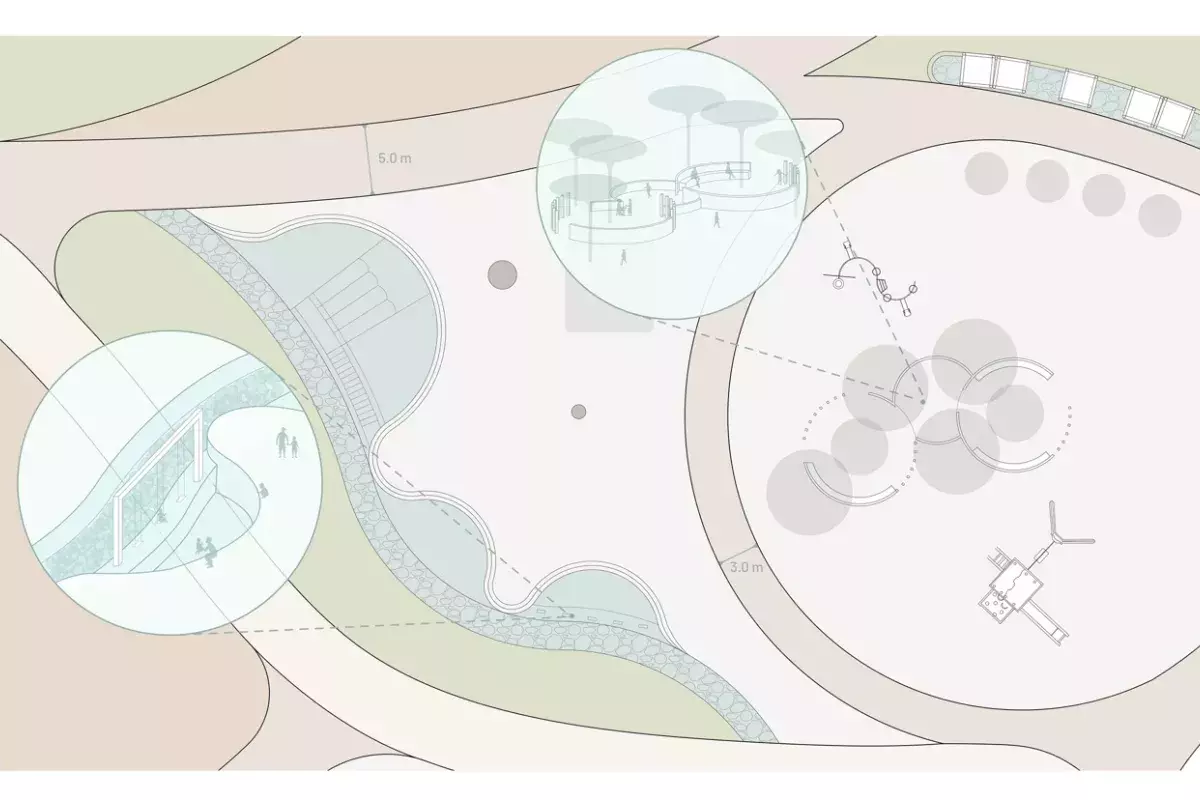
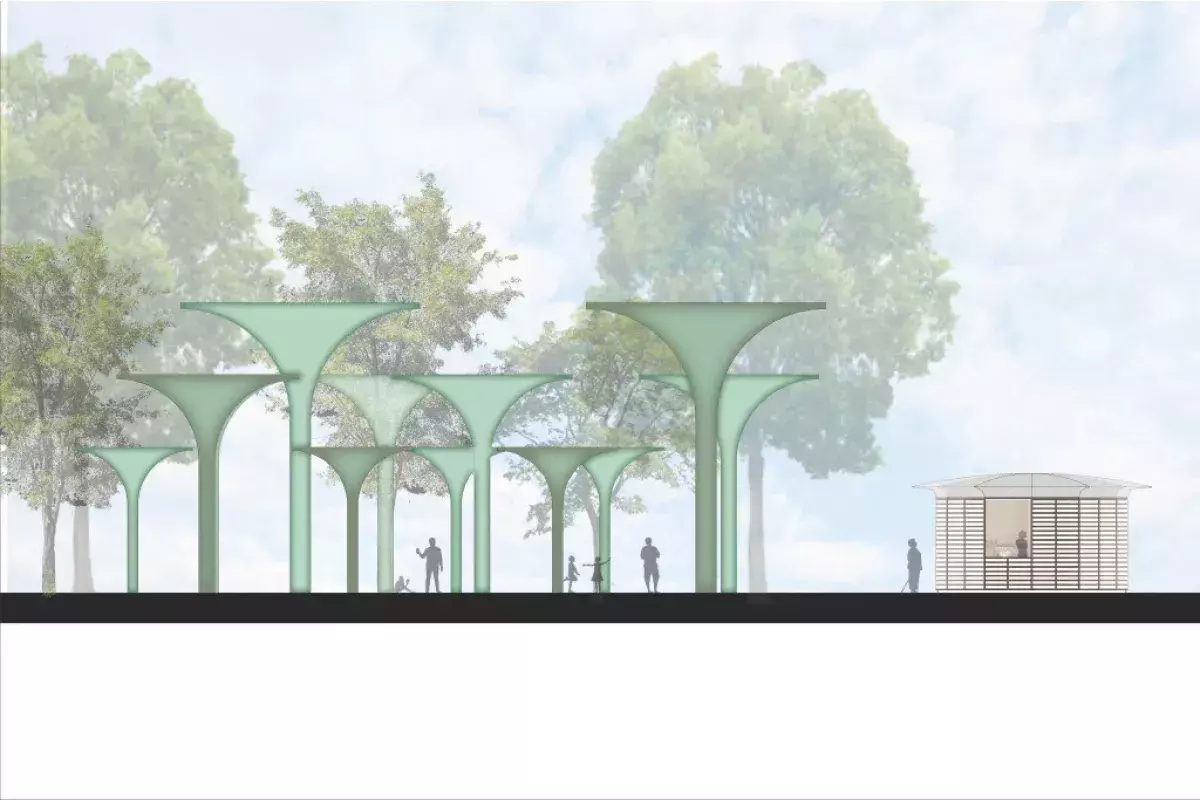
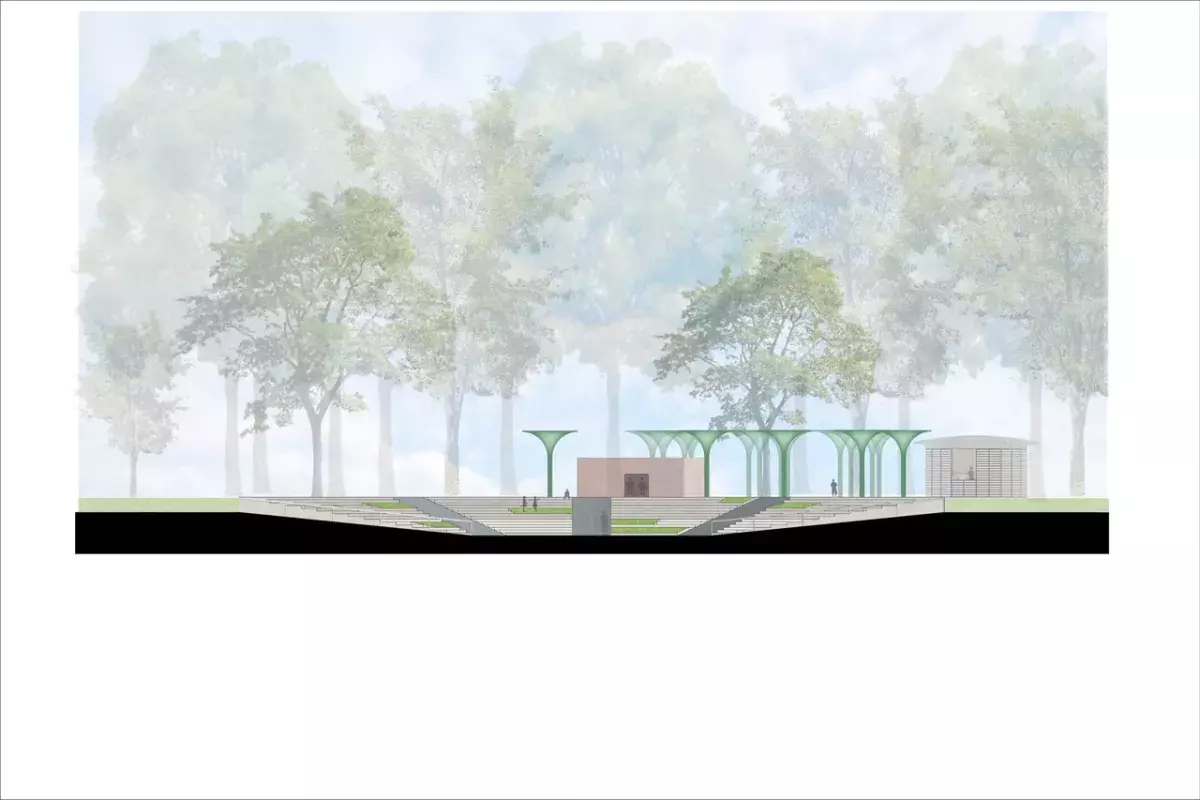
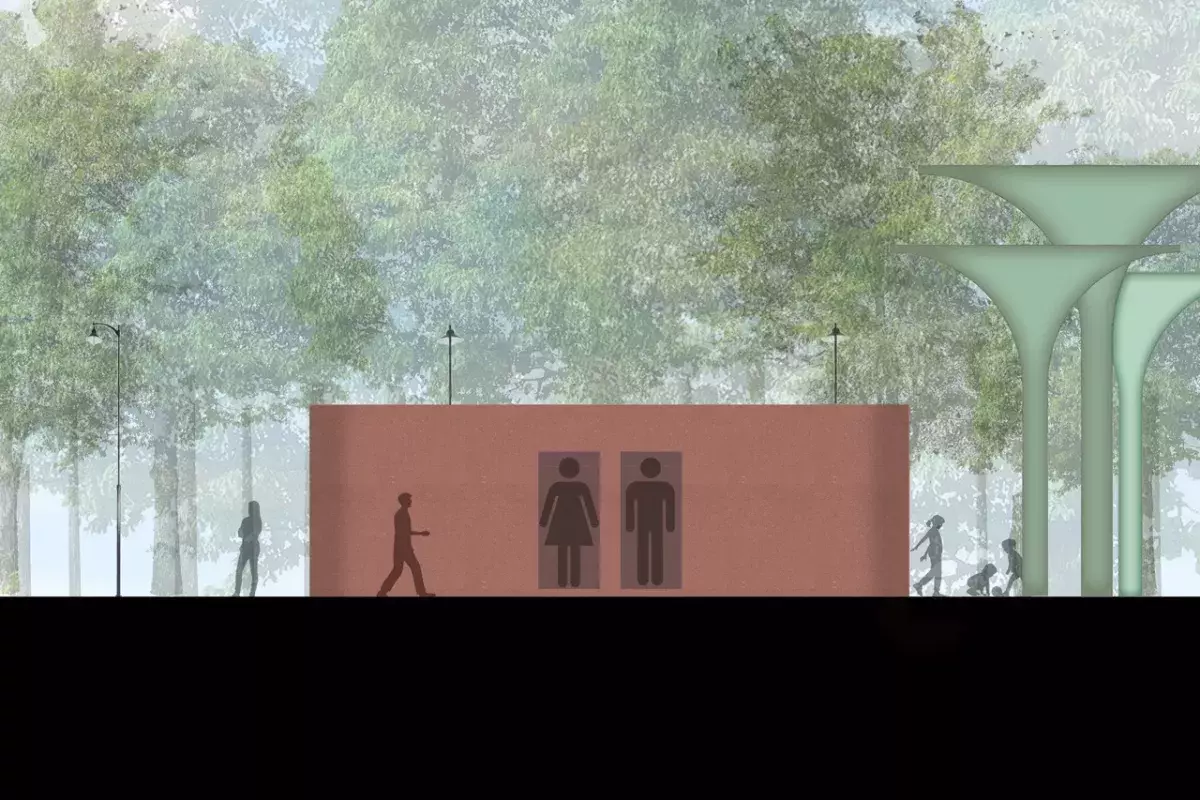
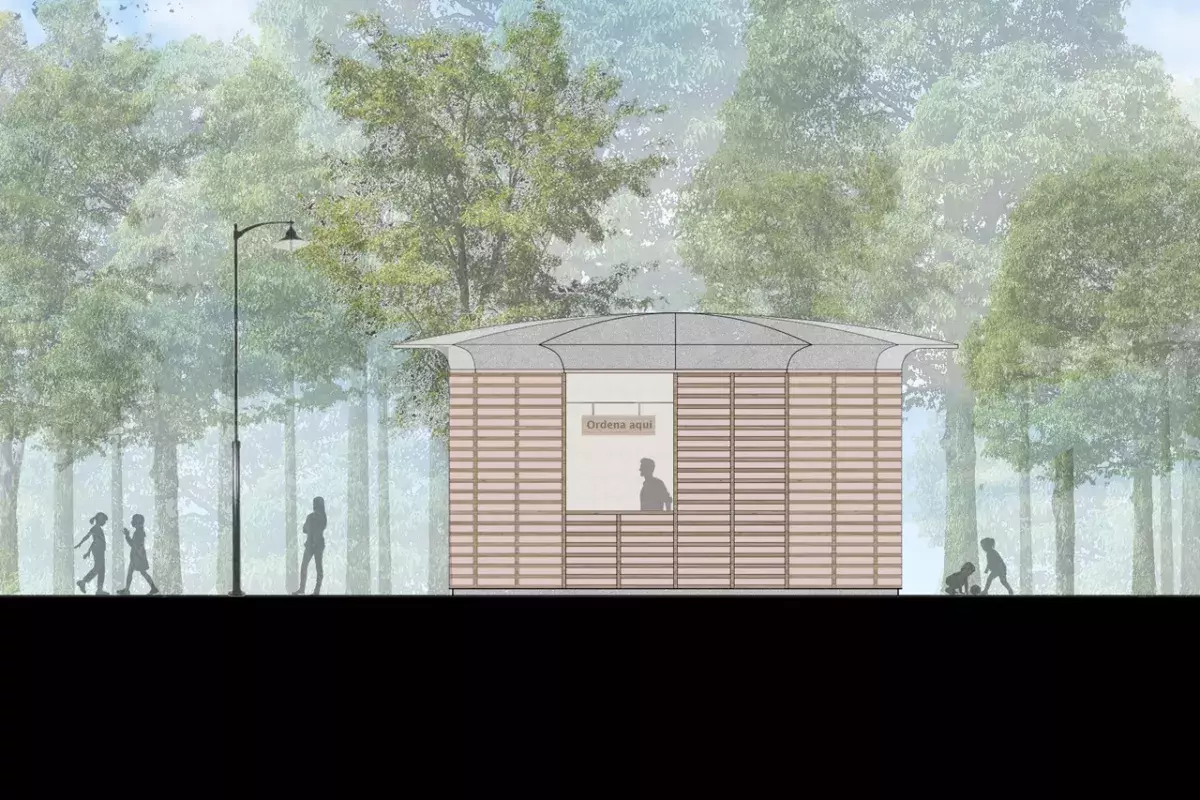
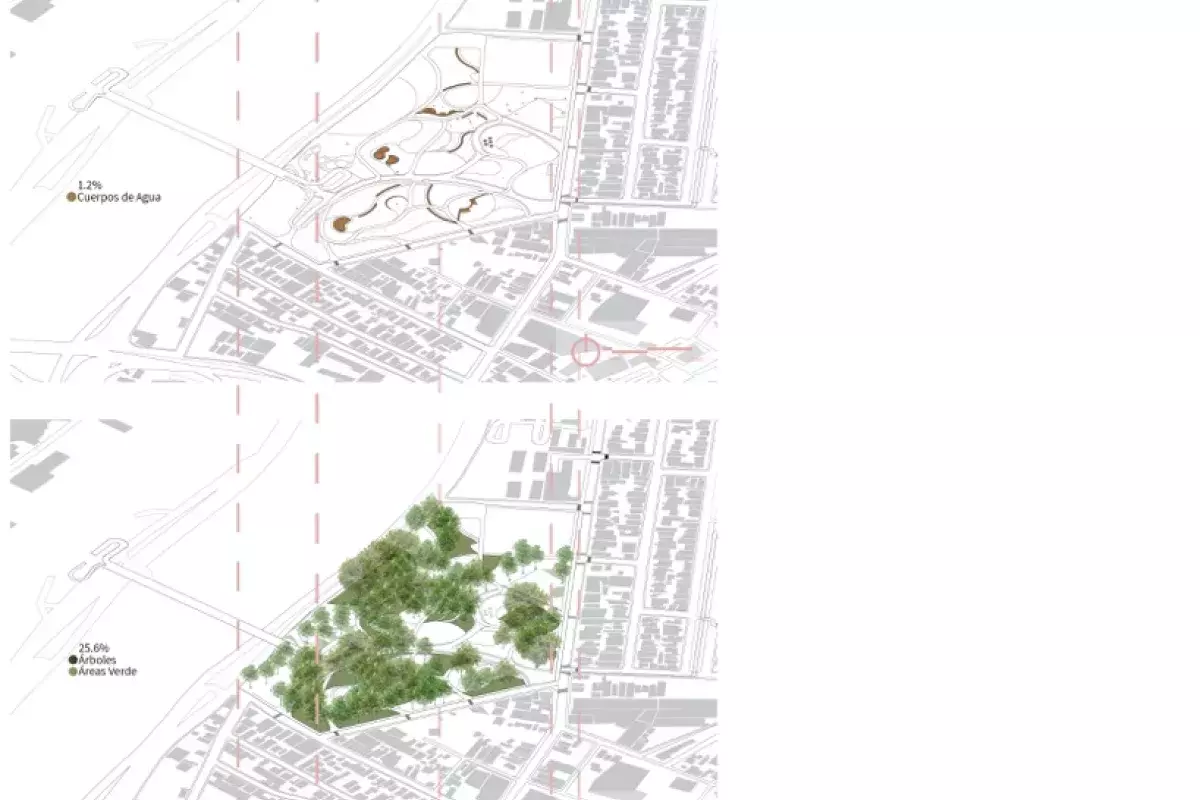
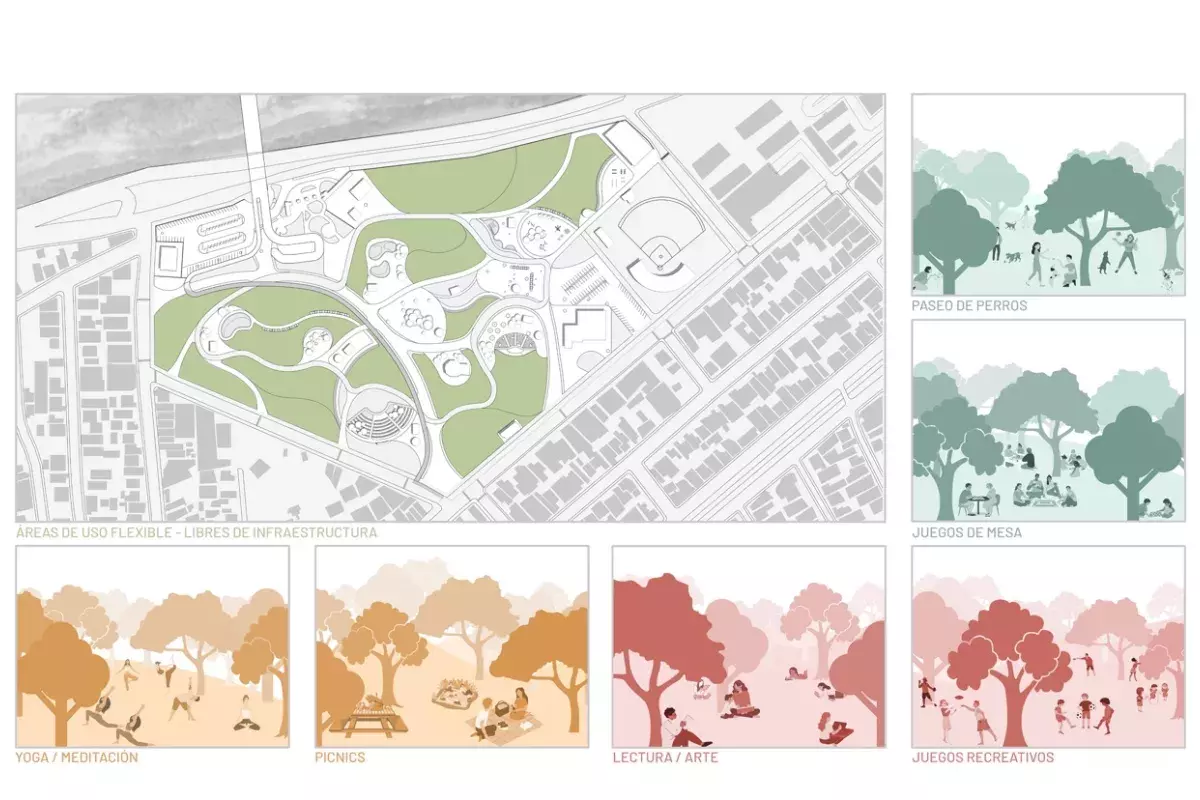
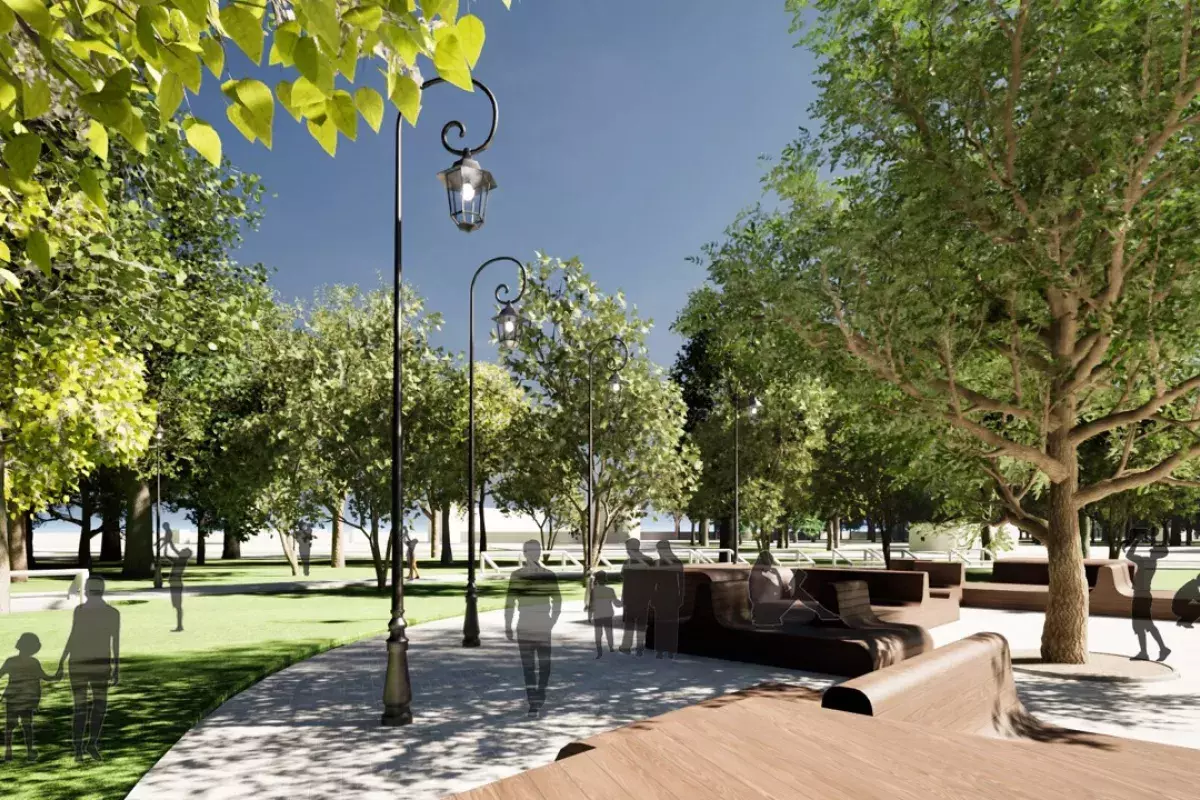
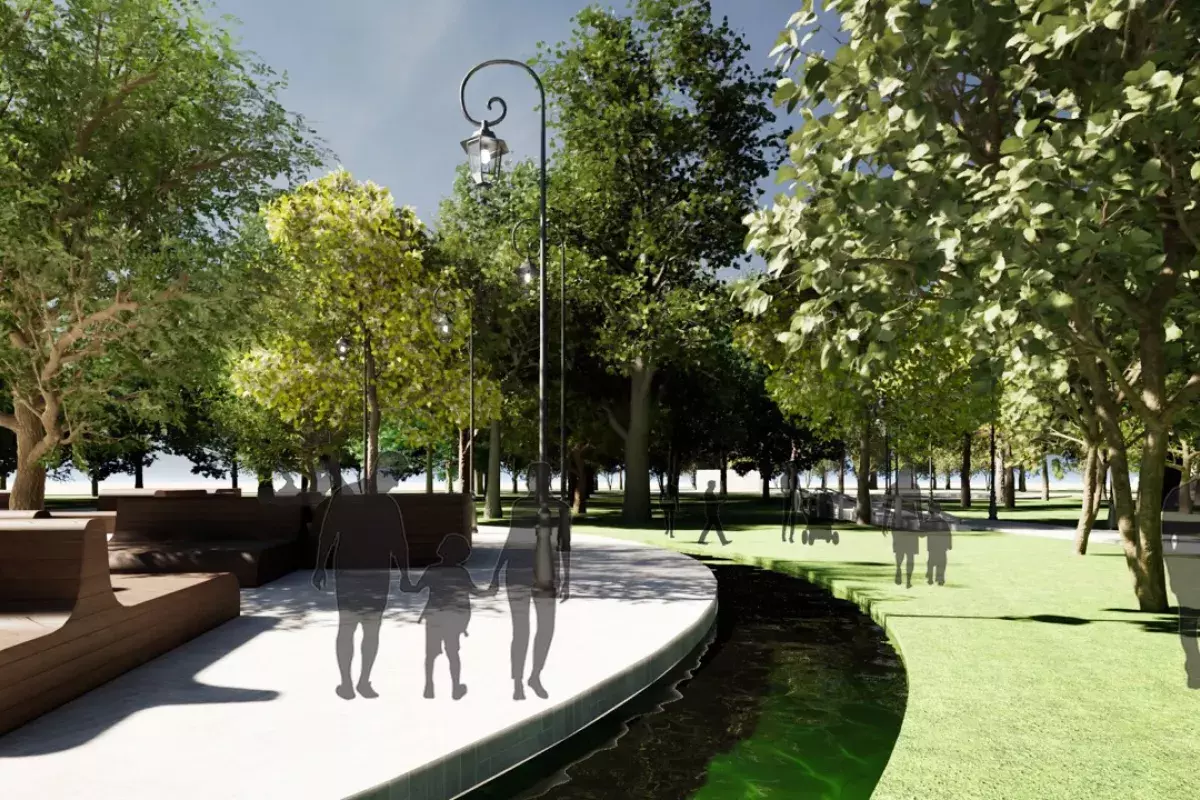
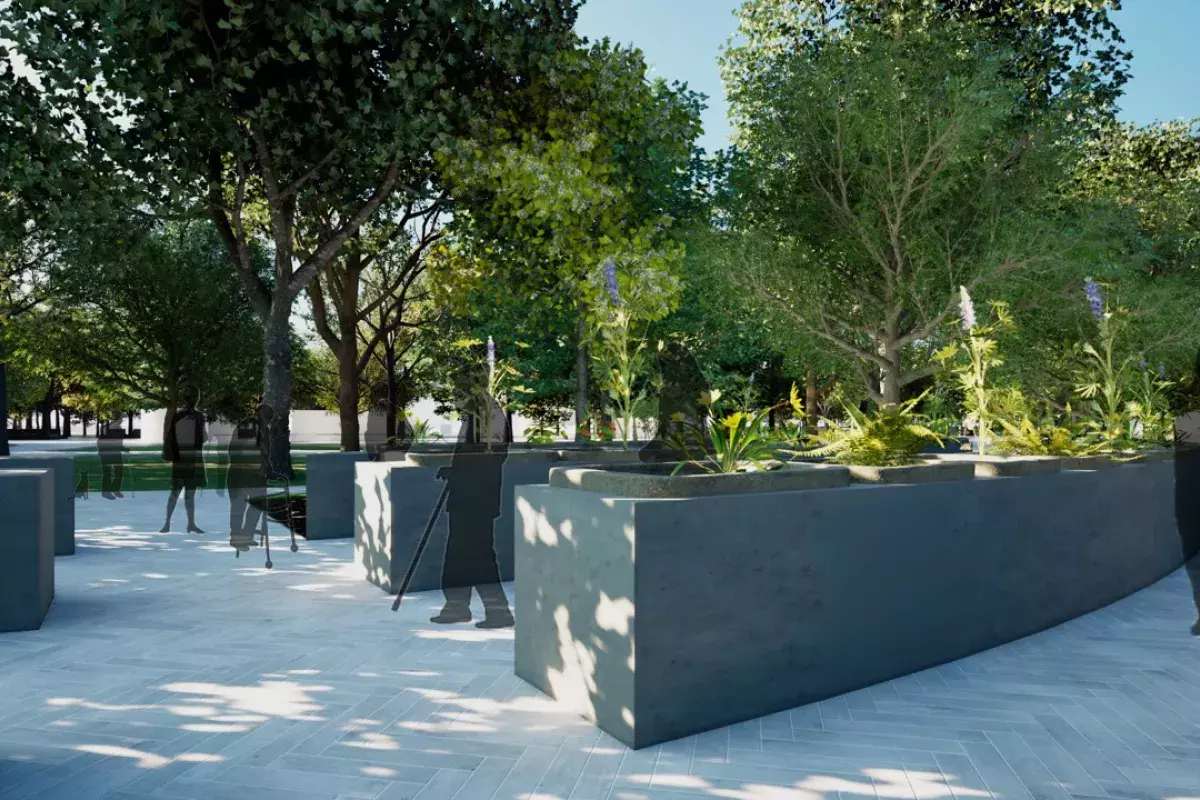
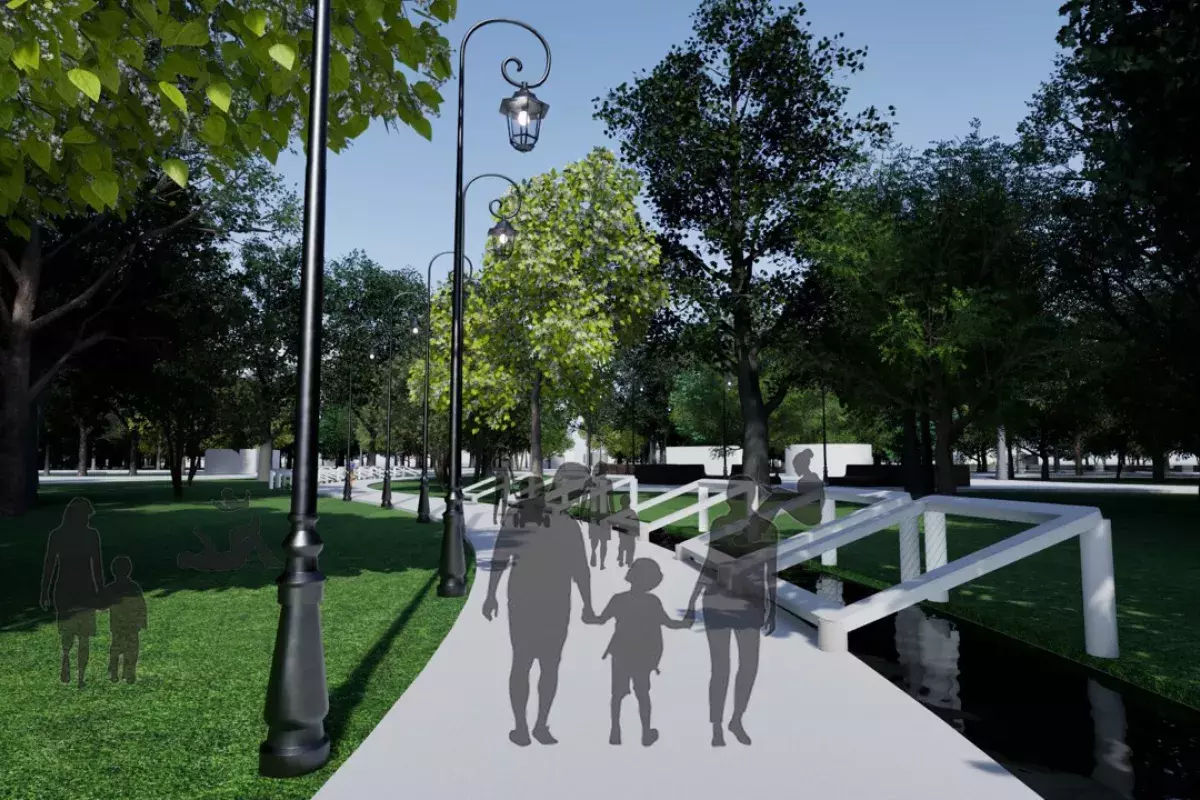
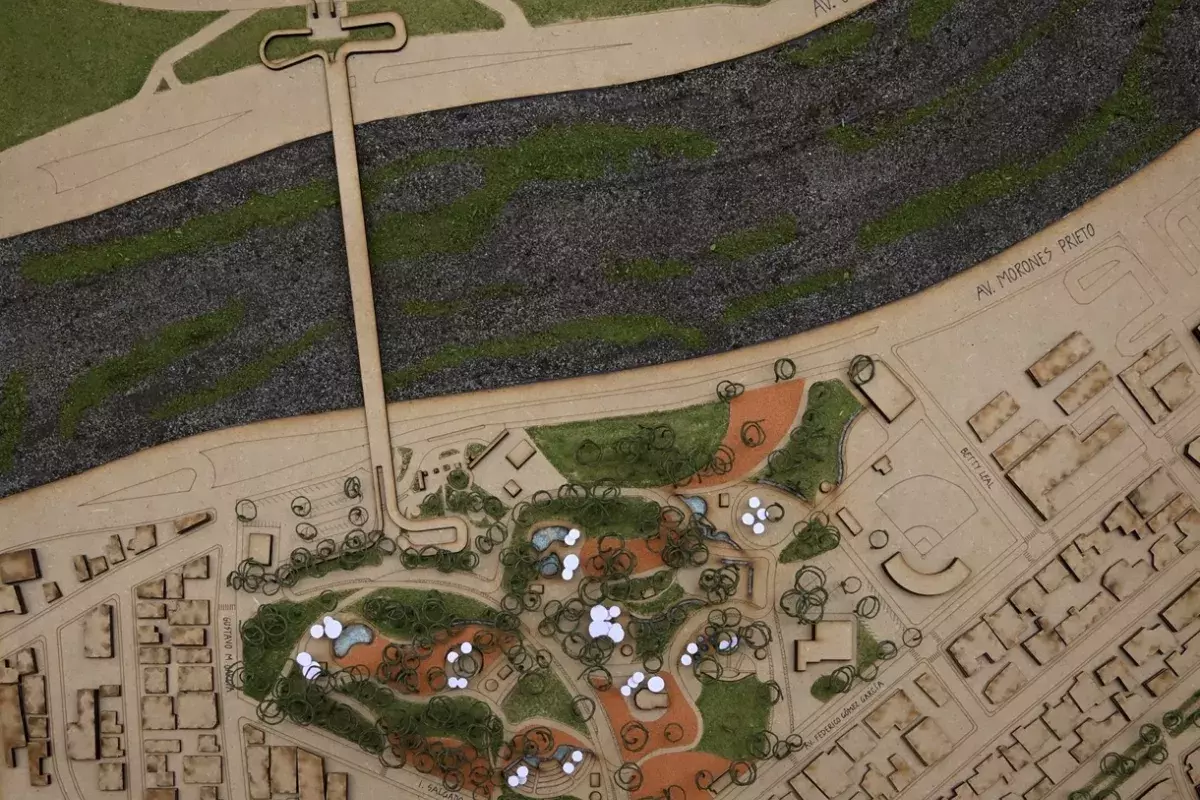
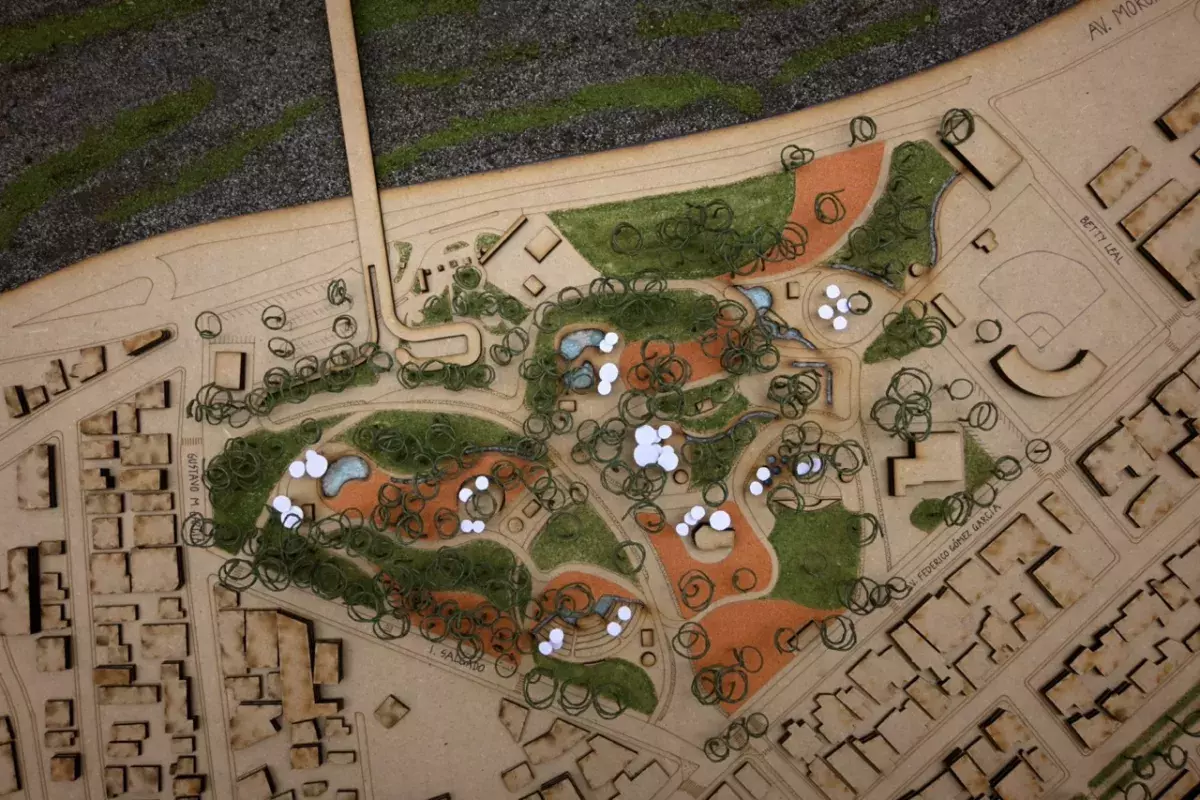
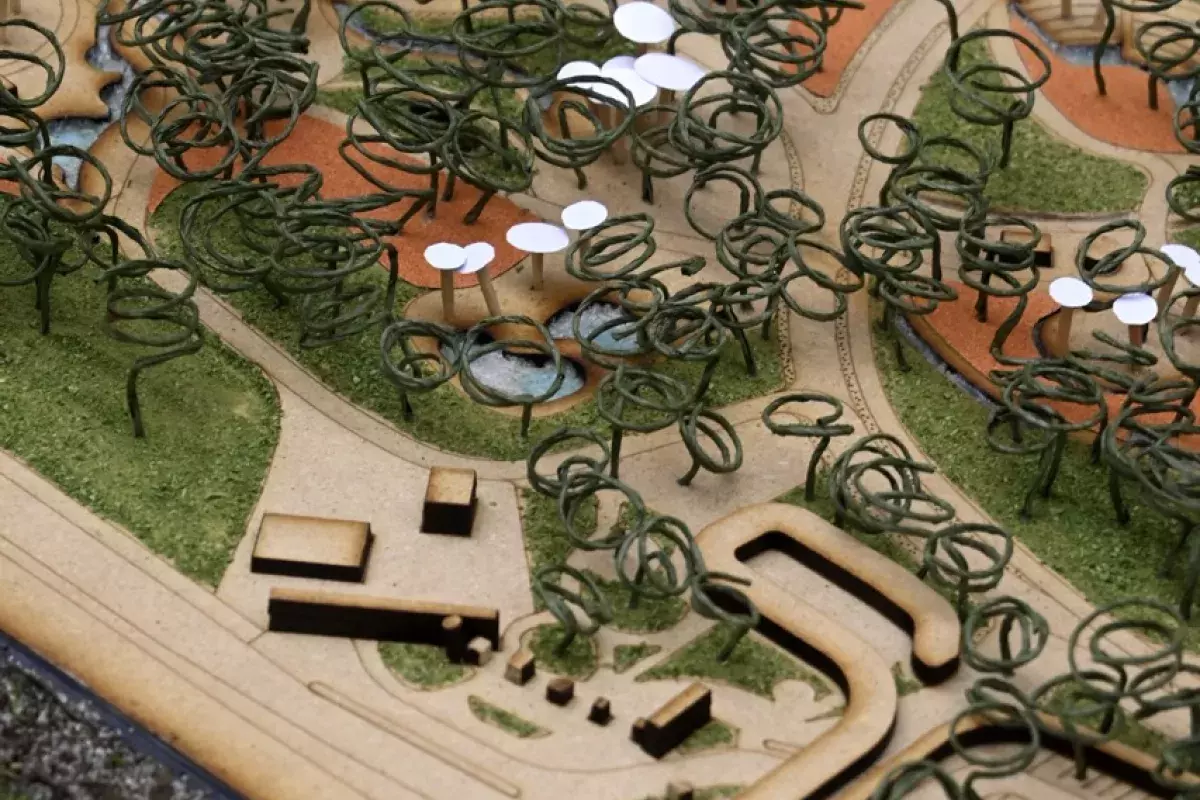

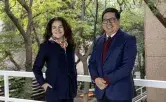

Escribe un comentario